-
Posts
592 -
Joined
-
Last visited
Content Type
Profiles
Forums
Gallery
Events
Posts posted by bcochran
-
-
11 hours ago, Cathead said:
What you've done is certainly better than attaching to the railing (???) but in real life I think it's highly likely the hog chain extended down through those decks all the way into the hull, or at least to a more solid anchor than a fragile upper deck. For example, look at your copy of Bates (p. 29, fig. 39) and see how the longitudinal chains are shown anchored down in the hull at both ends; this is the only place that could take the strain; anchoring a longitudinal chain to the upper deck would rip it off just as easily as to a railing. Keep in mind that that chain is helping support the weight of those immense paddle wheels toward the vessel's aft, redistributing it forward (where it would also be anchored in the hull). The superstructures on these boats, even the big fancy ones, were lightweight and flimsy for reasons of cost and practicality (strong, heavy superstructures would be too top-heavy). I'm not an expert on the R.E.Lee, just speaking from broader knowledge of the design and engineering of these vessels. So I could be wrong, but anchoring to anything on the upper deck just doesn't seem likely to me.
Your solution is a reasonably compromise given that it'd be more complicated to drill and run the chain down through multiple decks. But I'd be pretty surprised if that's how the real vessel was built. Caveat: could be wrong!
Cathead you are right about the hog chains.
I could have made them go through the deck, but I am not sure how it should look. I would need a top-down view or maybe look to see what others did. I took the easy way and did not modify the kit there. This discussion makes me want to do a do-over. Do more research, which I like doing. I'll have to think about it. I could use something like brass or music wire for the chain and put the end through the hurricane deck. I wouldn't need to go further, you couldn't see it. Very tempting idea.
In my reading about the race, one of the officers told Captain Cannon that he could loosen the chains to let the hull lay more level and that would add speed. The chains were certainly attached to the hull.
I have read three books about the race and have a fourth on order.
The Robert E Lee wasn't very different from other packets on the river. There were no plans that builders followed. Her parts were built by workers who knew how to make them from skill, training and experience. She was somewhere around 9 1/2 feet deep in her hull. She drew 6 to 7 feet of water depending on her load. The Natchez was one foot shallower.
When I read about her building, the only "design" that is mentioned was of her hull. She had 40-inch cylinders, which were bigger than most boats. Other boats were longer and others were shorter. She was a packet meaning she had a narrow boiler deck, built to carry 6,000 bales of cotton on the main deck, and in doing so, did not block the view from the boiler deck.
I have gotten this information from my current reading about the Lee. I could get citations if anyone wants them.
My guess is her hog chain system was just like any other steamboat of her type.
I decided to do a do-over and run the hog chain through the hurricane deck. I will remove the stern eyelet, leaving the hole for that portion of the chain. I'll need to leave the bow eyelet in place because the mast for the stage rigging is supported by a guy wire to it. I'll just drill a hole there for the bow portion of the hog chain.
One thing I do is use Elmer's white glue to fix the rigging. It is water-soluble, so it is easy to undo. I used to use superglue, and the permanence made it difficult to do a do-over without breaking something. White glue takes longer to set, but worth the waiting, I think.
This will solve one of my other problems. I did not like the knot of black threat tied to those eyelets.
I will use music wire for the hog chain. If I remember correctly, I saw a picture of the two ends of a hog chain tied together, there were one of these joints between each of the hog chain supports. (The supports also went down to the hull)
They were not joined by a turnbuckle, but rather like a join on a sailing ship. Each end of the hog chain had an eye splice on it. The two eye splices had a lanyard with several turns holding them together. My guess is this is where the hog chains were tightened or loosened. The hog chain looked like rope or wire rope, like on sailing ships of the 1860s. I can't remember where the picture is. If I find it, I will post it.
Thanks Cathead for the inspiration. You are now officially a part of this build. Maybe I can come up with a badge of some sort for us.
.
-
Another modification I made was to add an extra eyelet to the hurricane deck to attach the end of the hog chain.
The instructions say to attach the hog chain end to the railing. Here is where knowing something about riverboats like the Robert E Lee pays off. Understanding what hogging is, and the method designed to deal with it, should tell you that attaching the end of a hog chain to the railing isn't very practical. The hog chain was not attached to some eyelet on the hurricane deck, either. It was attached to the frame of the boat, but the eyelet idea is a modeling license, a bit less ridiculous than expecting the railing to support that part of the boat. The chain maintained an upward pressure, and the poles it attached to maintain a downward pressure. The upward pressure would rip the railing off the deck.
-
Another area I didn't mention before, I followed the kit instructions to rig the smokestacks and the steam pipes. I used the kit supplied metallic colored thread. I think only the Pyro kit has that thread.
I used some thicker black thread I had with more turnbuckles for the hog chain.
I added the water line with red decal stripes from Microscale.
-
I just got a new Kindle book to read, “Black Lives on the Mississippi” by Thomas C Buchanan.
it is about African Americans who lived and worked around and on the Mississippi River boats like the Robert E Lee. Without them these boats may as well have been stuck in the mud and going no where.
-
1 hour ago, TAGood827 said:
Thank you for posting this! I have the Lindberg kit I picked up a few years back at a bargain outlet and this will be of immeasurable help in my build.
This is a fun model to build especially if you research river boats and add to your knowledge about them. There are many knowledgeable river boat fans on this board. Read Cathead’s dedicated river boat log.
Take your time and test fit, clean off flash and knock out pins, fill sink holes and joints, paint everything. Make sub assemblies to paint parts together. Paint the rest before assembly. Get the best fit you can. If you have warpage use hot water and clamps.
Have fun. I am having fun building this old kit.Read the instructions for each step and understand them before attempting them.
Any questions PM me.
-
One thing I did but didn't show is the modification of the lower part of the smokestacks. I removed the lower ring around the bottom of the smokestacks and covered the area with white decal stripe material.
In pictures of the Robert E Lee and other boats, the lower portion of the stacks look white, as in this picture of the Lee coming into St Louis at the end of it's race with the Natchez.
- CDW, Paul Le Wol, Rudolf and 1 other
-
 4
4
-
1 hour ago, CDW said:
You deserve positive feedback on this one. Your work reminds me of a little book by Les Wilkins I read decades ago. This publication grabbed my interest in plastic ship modeling. The author was doing what you are doing here, detailing and updating old plastic model ships. A great little publication that I believe has been out of print for a long time.
I have that book. I have gotten many of my ideas from it. One idea that I plan to use on this boat from the book is the way to make rope loops to hang on pins representing coiled line.
-
-
- GrandpaPhil, yvesvidal, Cathead and 1 other
-
 4
4
-
18 hours ago, Cathead said:
I have to keep reminding myself how small the scale is on this.
I am glad you are sticking with me. I read your dedicated steamboat log. There's lots of steamboat knowledge there.
My little plastic kit doesn't actually fit there, I guess. I don't scratch build, rather I build these plastic kits and this was my deep dive into Mississippi River boats. So far I have read 4 books on the subject and have Frederick Way's Packet Directory on order from Amazon.
I'm hoping that I might have inspired others to get into river boats through this kit, people who would otherwise take the advice of those who say to pass it by, it is not worth building. Those reviewers do a disservice, I think.
If you build a kit like this and go beyond the instructions, (like not tying the top of a side chain or a hog chain to the railing, having learned what a side chain or hog chain is) by studying the how and why of the structures of the boat, it is time well spent I think.
-
- Cathead, GrandpaPhil and ccoyle
-
 3
3
-
I added the flags to the port side. I wasn't sure I wanted the flags, but they add a bit more confusion, pomp and gaiety like a celebrated winner of a Mississippi River boat race would wear in my imagination. They give the boat a sense of movement as they wave. (My pain medication is making me a bit loopy.)
Also, I might use them to rig the yawl.
- GrandpaPhil, Cathead, ccoyle and 2 others
-
 5
5
-
-
-
-
-
-
- GrandpaPhil, Cathead and Knocklouder
-
 3
3
-
-
- yvesvidal, Paul Le Wol, Knocklouder and 3 others
-
 6
6
-
12 hours ago, shipman said:
Until now I had little empathy with this vessel type.
I can only admire how you are turning this sows ear of a kit into something of interest to me at least.
It's refreshing to see the obvious pleasure you're deriving from this project; none of the self doubt and lack of confidence which you occasionally express during your 'Cutty Sark' saga!
Clearly you are making a progressive recovery from your recent spinal surgery. May that continue; soon be returning to back flips out of bed in the mornings, playing squash and regular half marathons!
This boat was built around the same time as the Cutty Sark. It, too, was built for one main purpose, to ship cotton to New Orleans. From there it went to England like the Cutty Sark's wool went to England.
In the U.S. there is this big ditch called the Mississippi River that cuts the country in half. After the civil war and before the railroads took over, it paid a boat owner to buy cotton from farms along the river and sell it in New Orleans. A boat owner could pay $200,000 to build a packet like the Robt E Lee and, within one cotton season, earn enough to recoup the money for the boat.
Like the clipper ships, the famous river boats and their captains were all about setting speed records. Cuttty Sark raised the Thermopile and the Robert E Lee raised the Natchez.
The Robt. E. Lee was a 6,000 bale boat. It was built to haul 6,000 bales of cotton. In the off season it carried around 300 passengers up and down the river.
-
2 hours ago, shipman said:
Until now I had little empathy with this vessel type.
I can only admire how you are turning this sows ear of a kit into something of interest to me at least.
It's refreshing to see the obvious pleasure you're deriving from this project; none of the self doubt and lack of confidence which you occasionally express during your 'Cutty Sark' saga!
Clearly you are making a progressive recovery from your recent spinal surgery. May that continue; soon be returning to back flips out of bed in the mornings, playing squash and regular half marathons!
Shipman,
I am 76, if I end up doing all that I may try out for the Olympics next.
The Cutty Sark is much more fragile and with my all thumbs hands, I kept breaking parts off. It was two steps forward and three backward. But I intend to finish it for sure.
I am still taking pain medication, wearing a back brace, and so I am working on this boat sort of on a high which helps.
-
- shipman, Cathead, GrandpaPhil and 1 other
-
 4
4
-
- Paul Le Wol, yvesvidal, Wacom and 6 others
-
 9
9



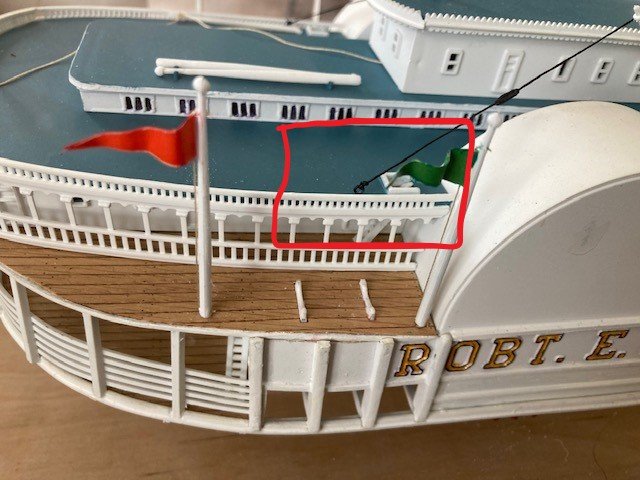

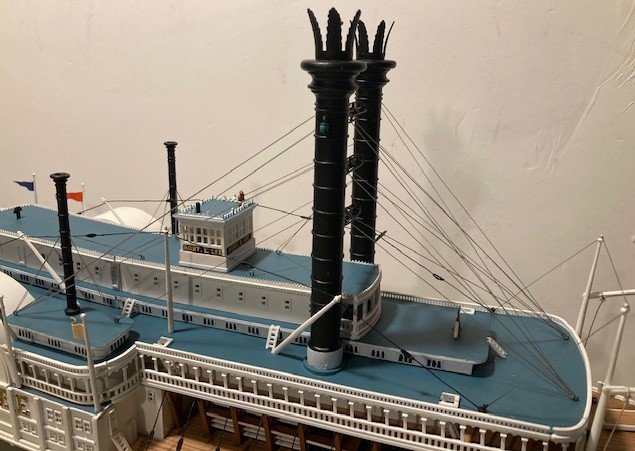
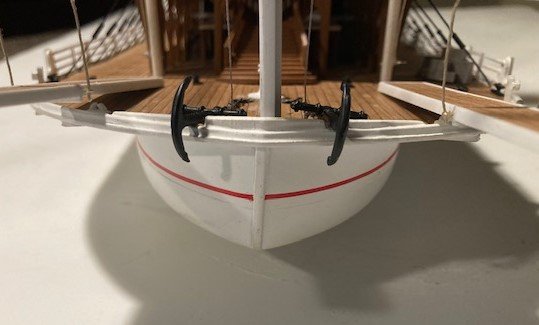


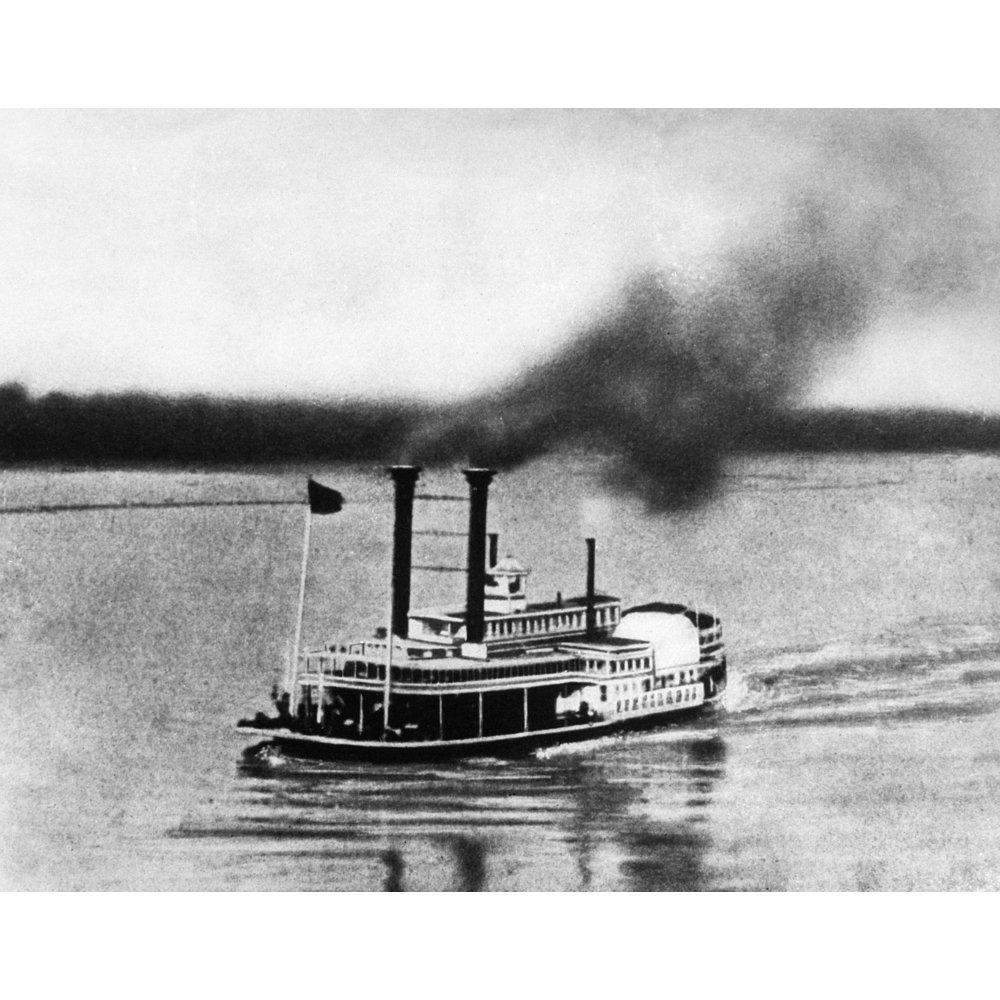
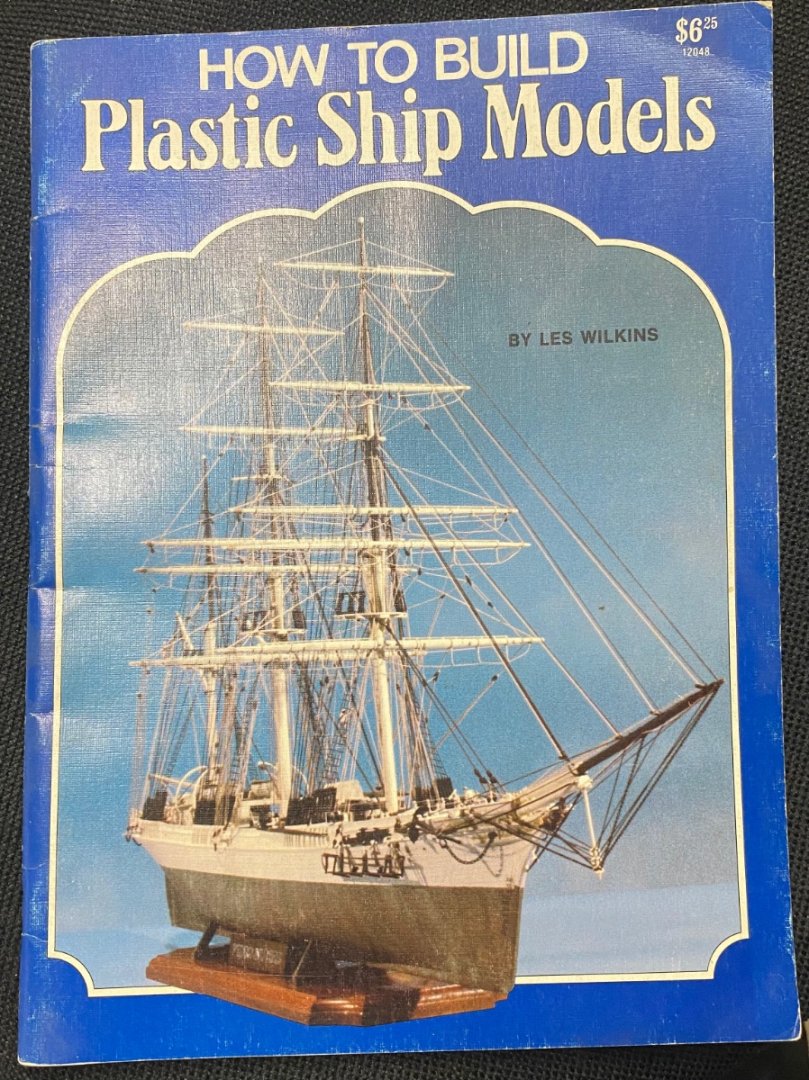
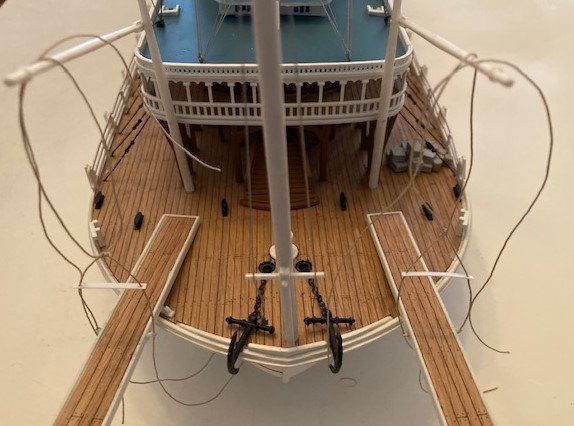
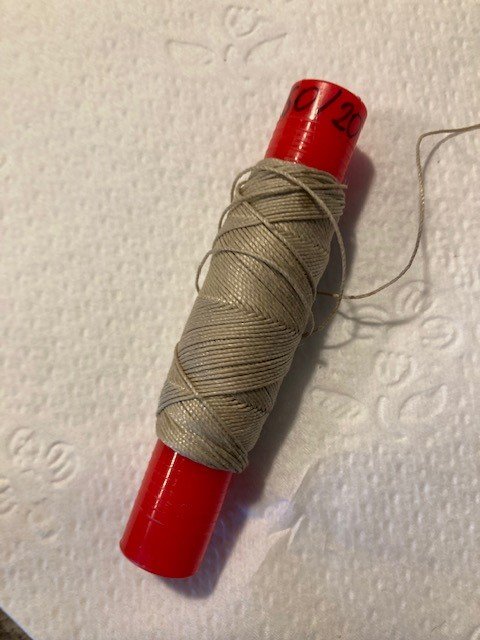



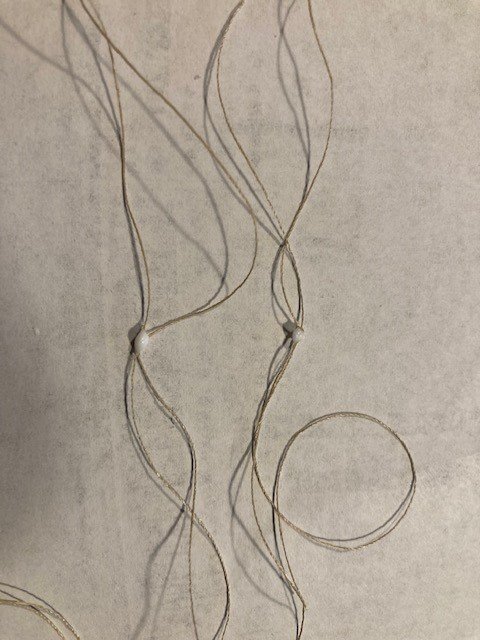
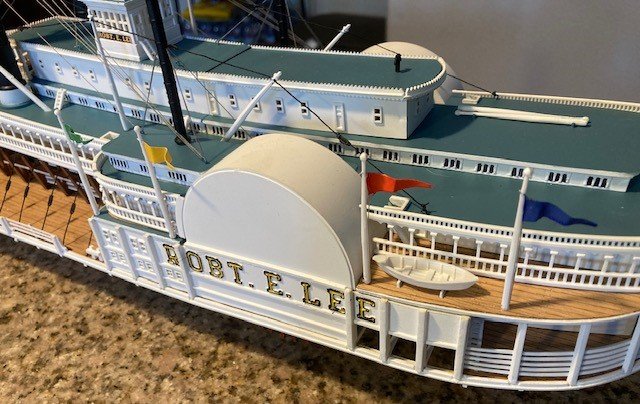
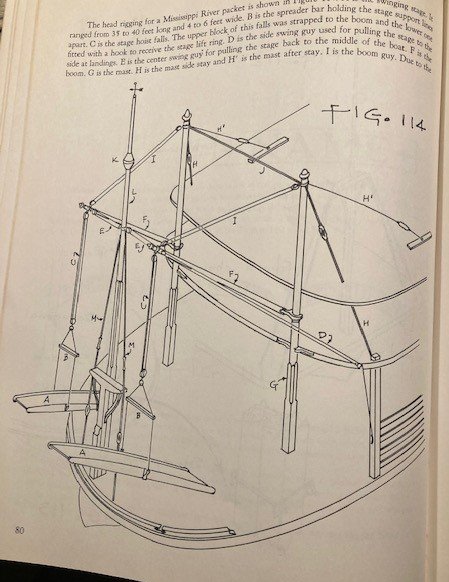
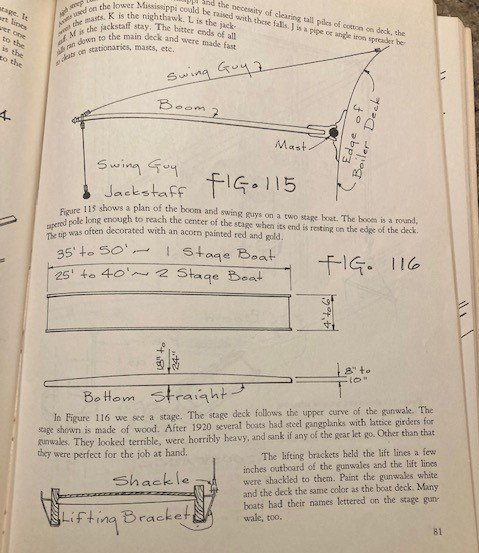
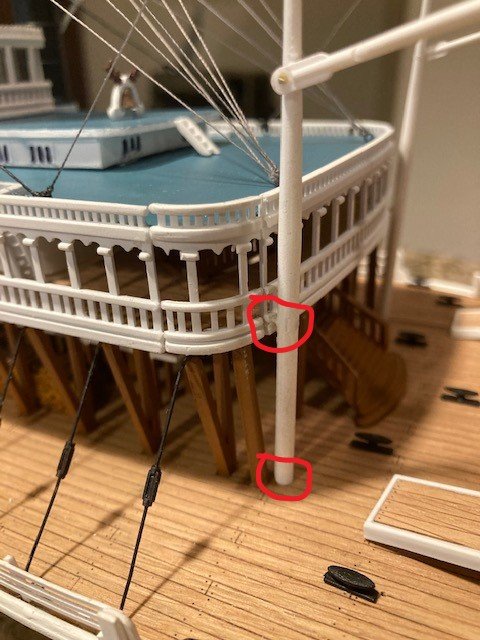
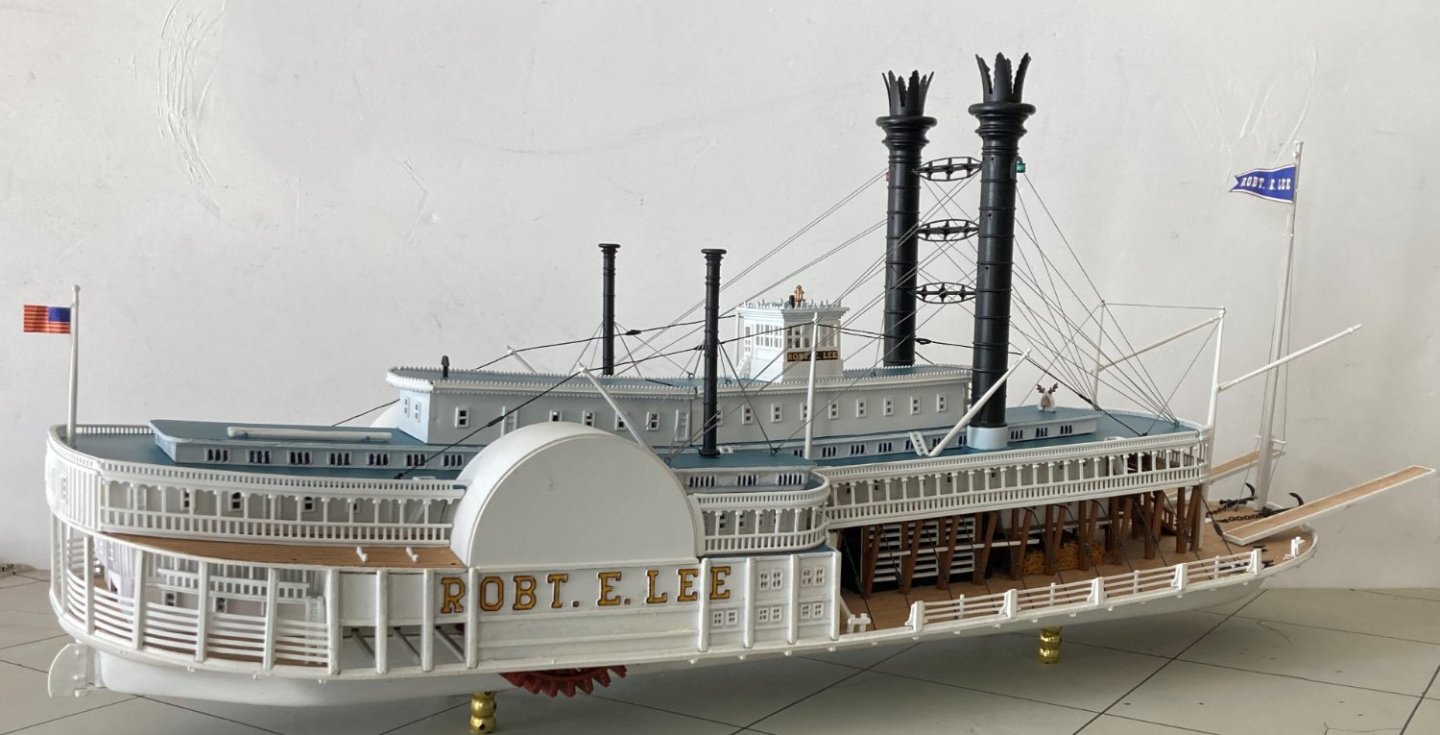
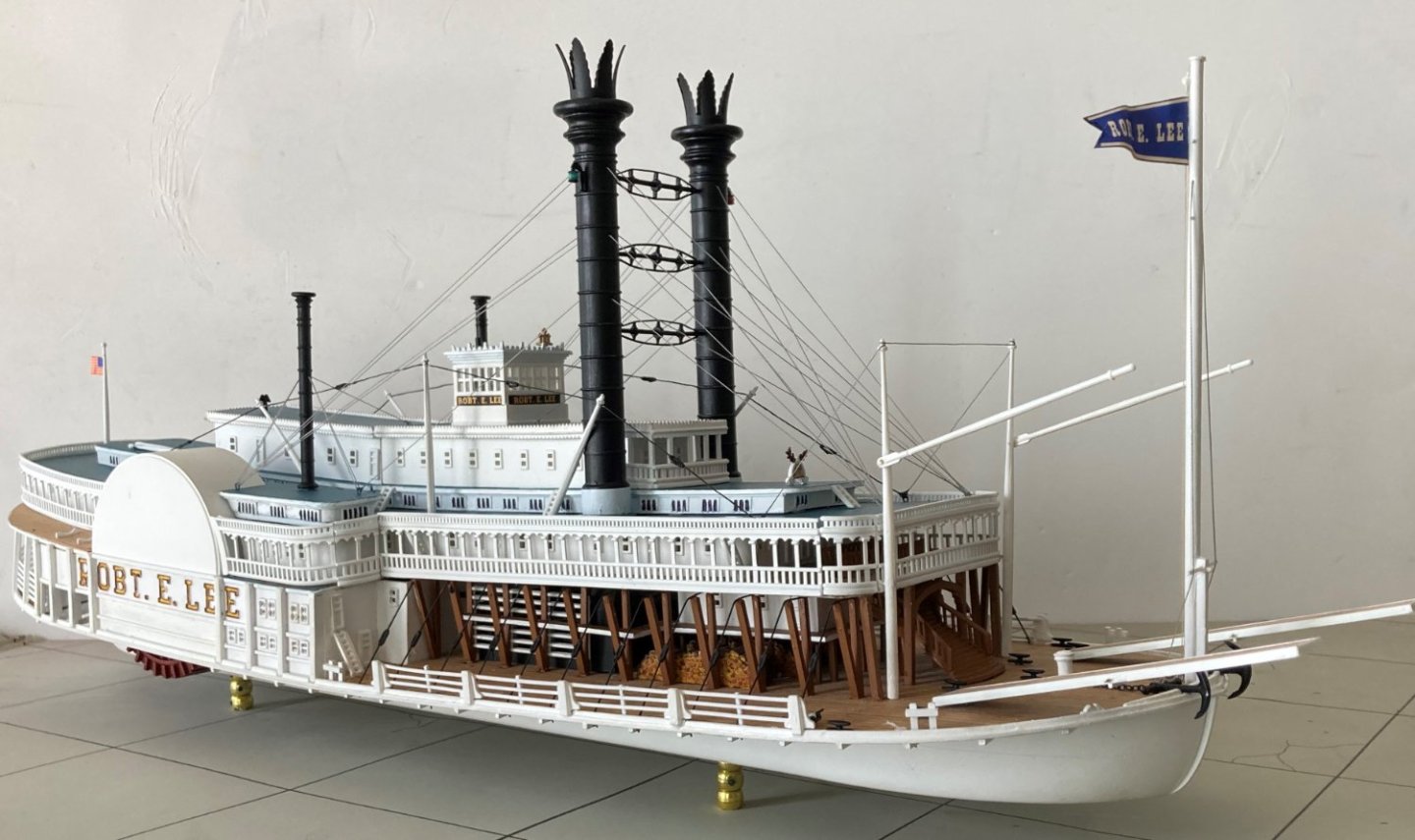
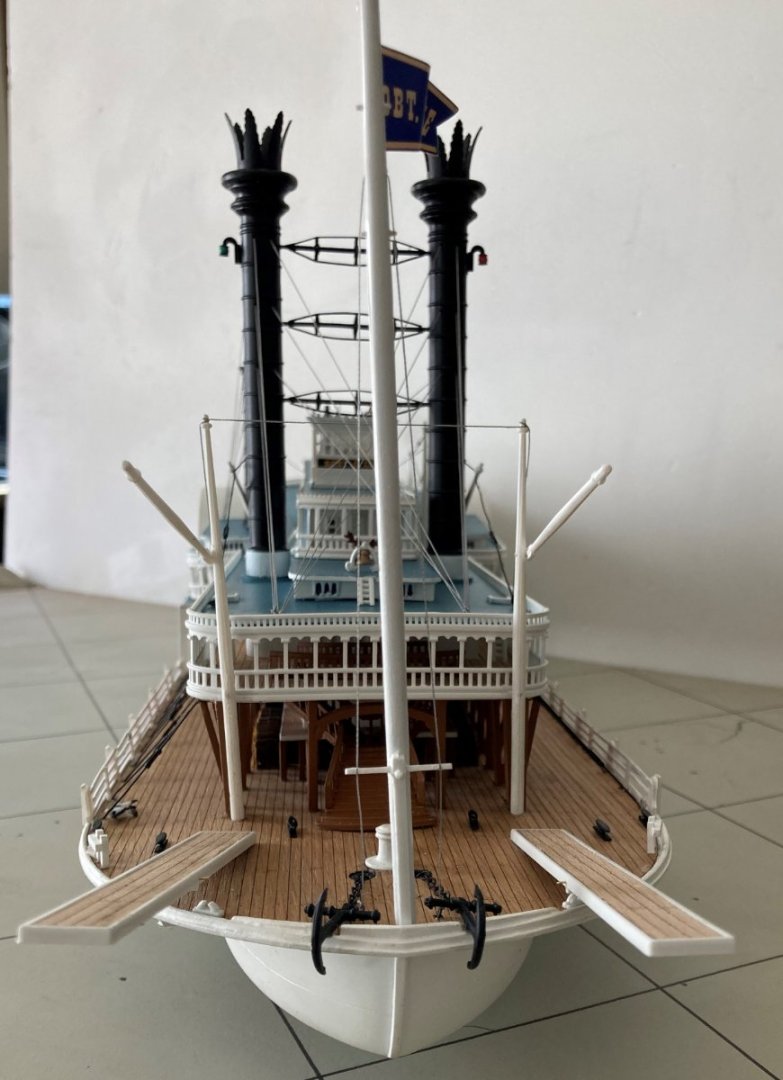

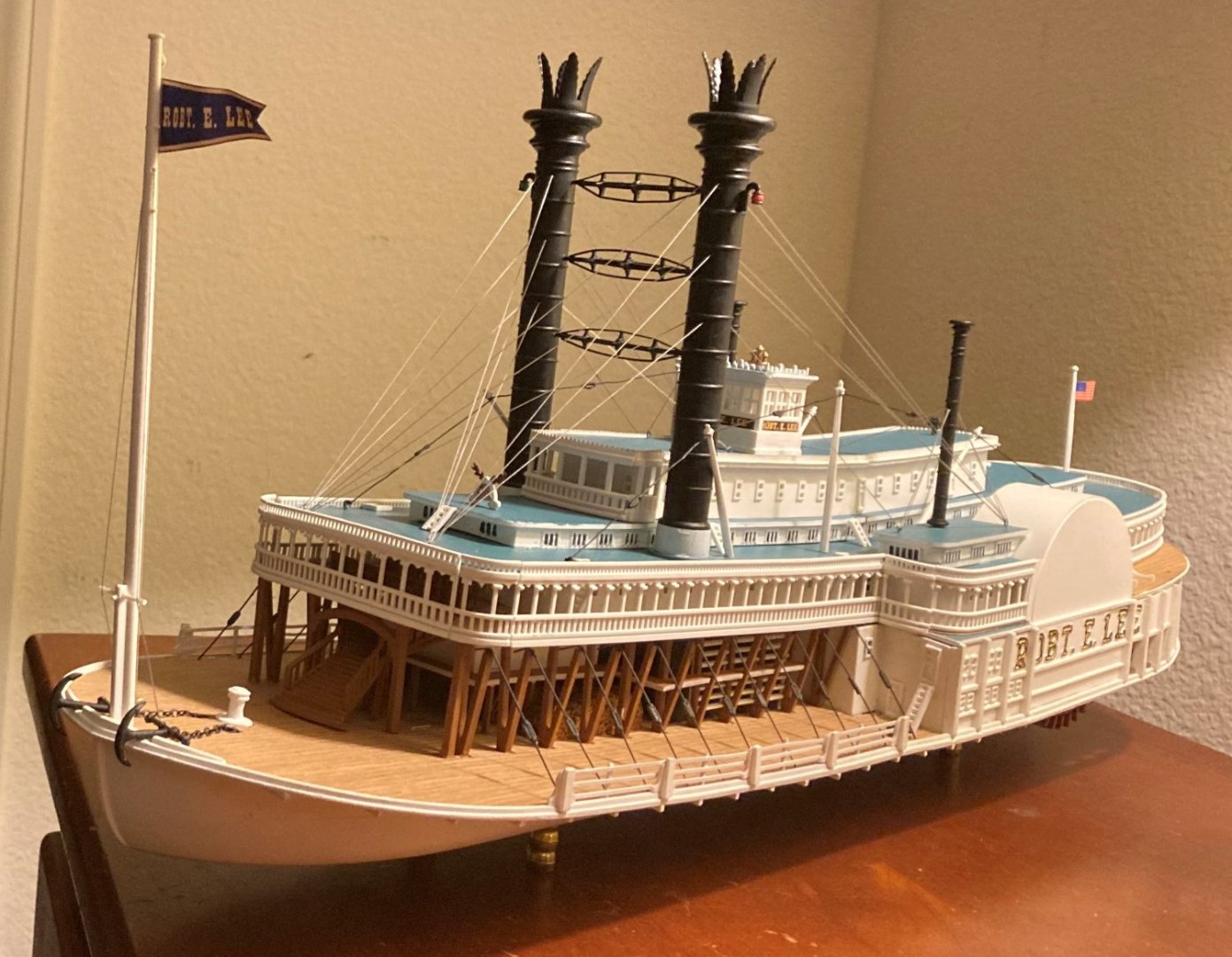
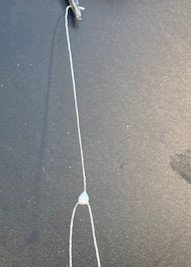
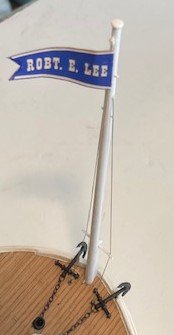
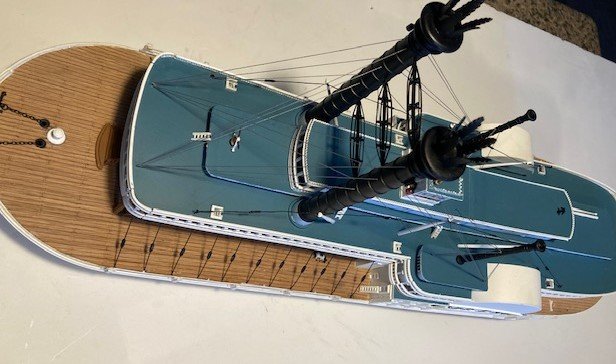
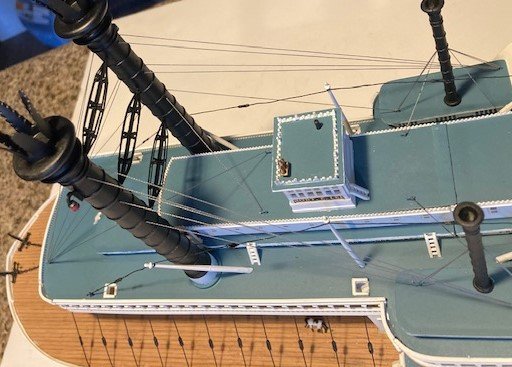
.thumb.jpg.fce0cb7e4d19e2900e775ba59d9ef625.jpg)
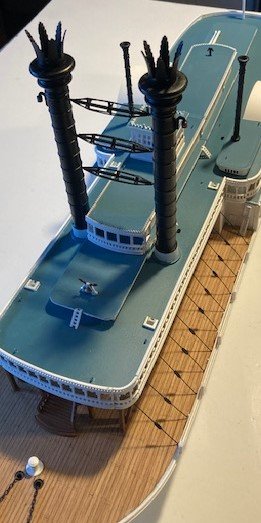
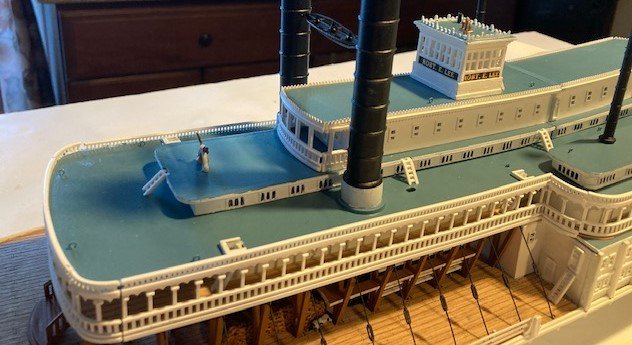
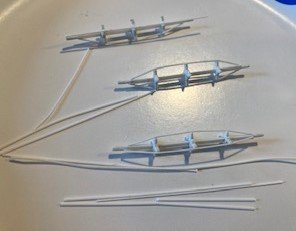
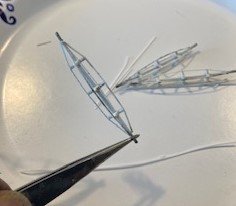

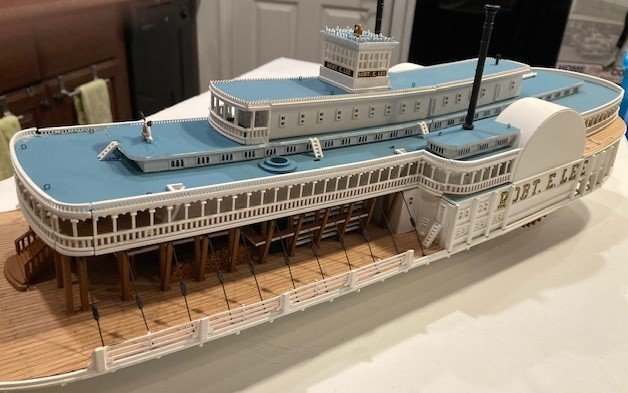
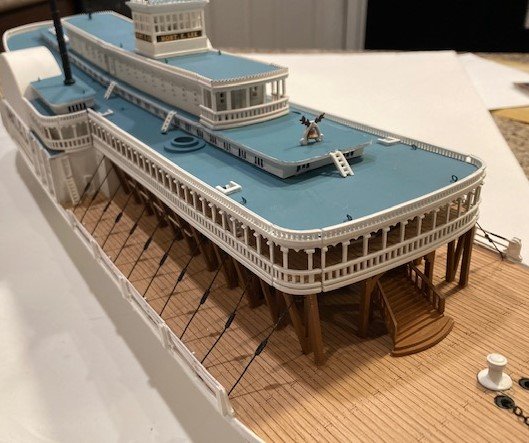


Robert E Lee by bcochran - FINISHED - Pyro - 1/163 - PLASTIC - steamboat
in - Kit build logs for subjects built from 1851 - 1900
Posted · Edited by bcochran
These are my favorite drawings or paintings of the Robert E Lee. I was going to save a post like this for last, but I put it here to give myself the last bit of inspiration needed to finish. I only have the rigging of the stages and the yawls and lifeboat and my redo of the hog chains to finish the boat.
My surgery is healing as it should per my doctor yesterday.
I have no excuse to lag. The Cutty Sark awaits!
The painting of the Natchez and the Lee depicts the Robert E Lee leaving for the race 4 minutes early at 4:56 PM and blocking the Natchez from leaving her warf boat and turning into the river on time at 5:00PM. The Natchez had to leave late or run into the stern of the Lee. She started minutes behind. The Lee lead all the way to St. Louis, but maybe unfairly at times.